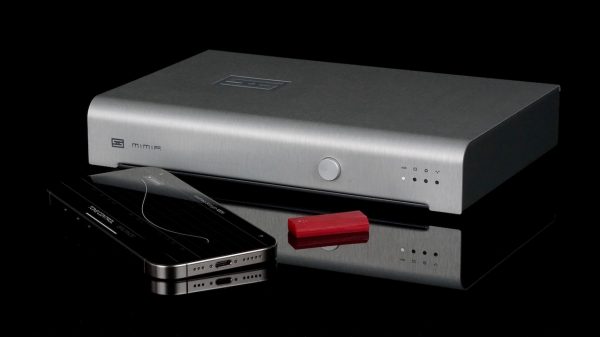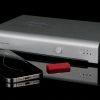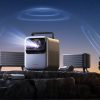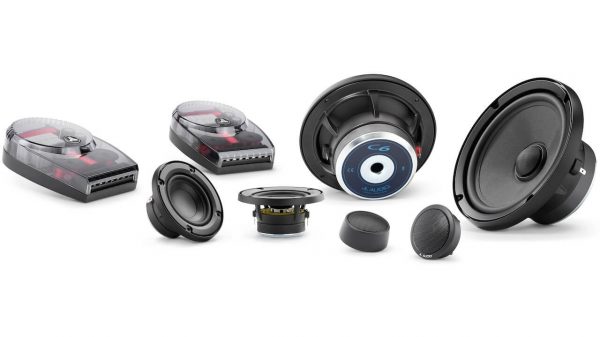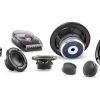In clearing the land just back of his house for a back yard, Mr. Jones had gotten by for some time by prying rocks out of the ground with a shovel. It was hard work, but it was a solution that did the job. One day, however, he came across a boulder that was about waist-high. He took that old shovel and he pushed and pulled and grunted and panted–and finally the shovel’s handle just broke off, and that boulder hadn’t moved an inch. With resignation, he realized he was going to need a bulldozer. The next day, behind the controls of his rented dozer, he happily and easily shoved that big rock right out of his way.
Lesson learned: the big jobs require appropriate solutions. Translating over into the field of computers, the same could be said for defragmenting large drives.
Multi-terabyte hard drives have become more common than ever. Such drives have been made necessary by the growing number of files being created by today’s applications, as well as the larger file sizes required by applications such as video and audio.
Despite early rumors to the contrary, large drives do suffer from fragmentation–and badly. Because the operating system fragments files automatically, fragmentation has nothing whatsoever to do with the size or speed of the disk. Small or large, the files written to a disk will be fragmented, and a defragmenter will be required. The considerable performance increases from defragmentation on large drives have been documented repeatedly, and anyone can simply test for themselves with before and after tests with defragmentation trialware. Such gains are understandable given the higher volume of files and file sizes inherent with the utilization of large disks.
Turning back to our lesson learned about big jobs requiring robust solutions, defragmenting such large drives puts an unprecedented demand on defragmenters. Many defragmenters were not created to defragment large drives, and in many cases large drive fragmentation isn’t even touched by a defragmenter; the defragmenter just can’t keep up with the sheer volume of fragmentation.
It well behooves IT personnel and home computer users to seek out defragmenters which have versions specifically designed to deal with large disk defragmentation. There is also fully automatic defragmentation available, which means that your large drives remain in a defragmented state consistently, with no negative performance impact from defragmentation and no scheduling required.
Just as you’d never use that old shovel to move a large boulder, don’t trust a defragmenter that wasn’t designed to defragment large disks to do so. Match the solution to the job at hand!
Contact: Bruce Boyers Marketing Services
Email: info@boyersmarketing.com


